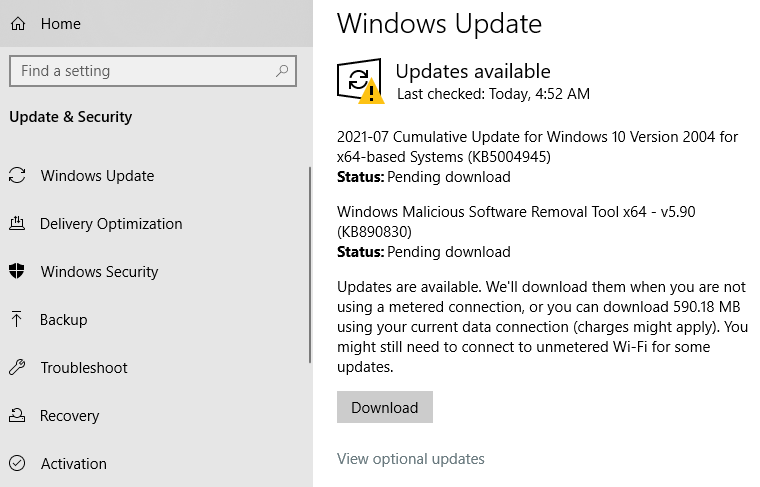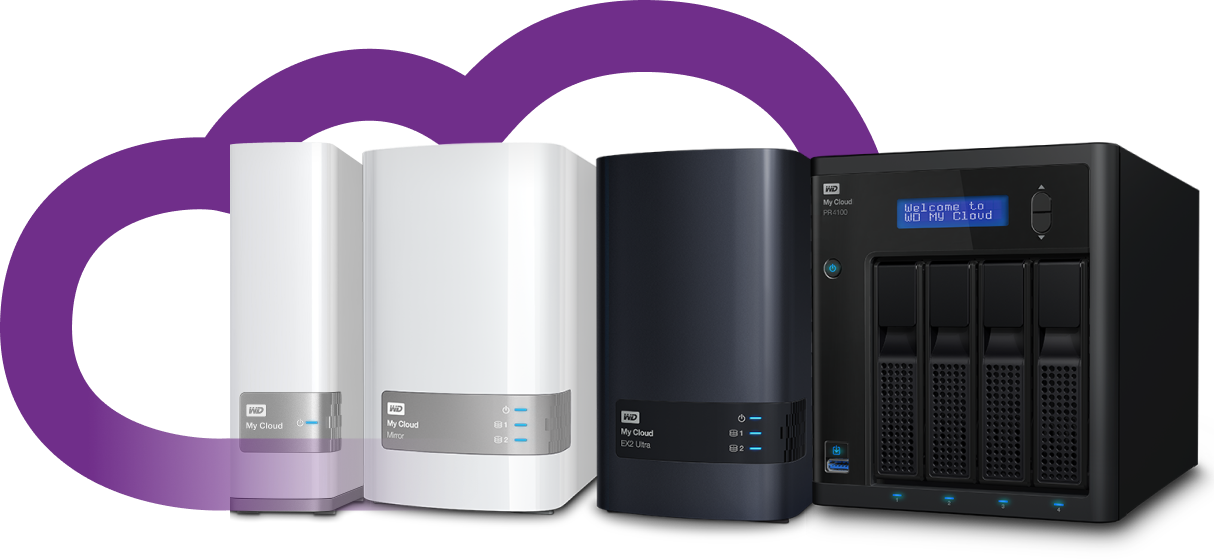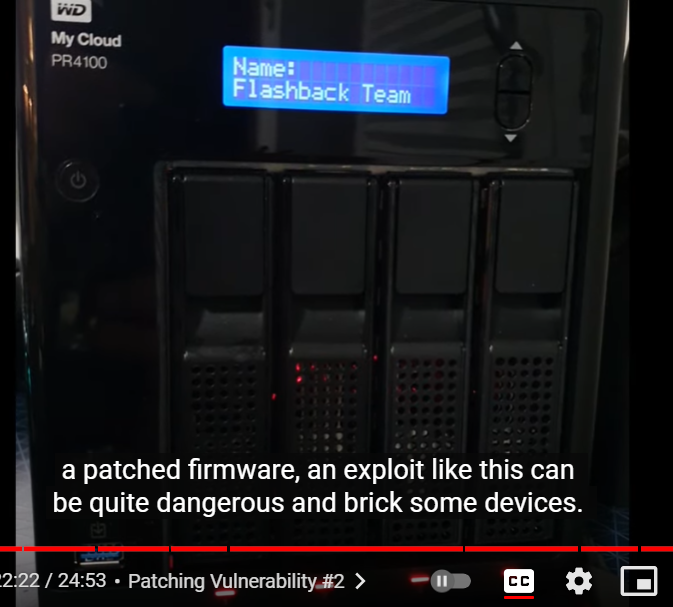The single vendor requirement ultimately doomed the DoD’s $10B JEDI cloud contract
When the Pentagon killed the JEDI cloud program yesterday, it was the end of a long and bitter road for a project that never seemed to have a chance. The question is why it didn’t work out in the end, and ultimately I think you can blame the DoD’s stubborn adherence to a single vendor requirement, a condition that never made sense to anyone, even the vendor that ostensibly won the deal.
In March 2018, the Pentagon announced a mega $10 billion, decade-long cloud contract to build the next generation of cloud infrastructure for the Department of Defense. It was dubbed JEDI, which aside from the Star Wars reference, was short for Joint Enterprise Defense Infrastructure.
The idea was a 10-year contract with a single vendor that started with an initial two-year option. If all was going well, a five-year option would kick in and finally a three-year option would close things out with earnings of $1 billion a year.
While the total value of the contract had it been completed was quite large, a billion a year for companies the size of Amazon, Oracle or Microsoft is not a ton of money in the scheme of things. It was more about the prestige of winning such a high-profile contract and what it would mean for sales bragging rights. After all, if you passed muster with the DoD, you could probably handle just about anyone’s sensitive data, right?
Regardless, the idea of a single-vendor contract went against conventional wisdom that the cloud gives you the option of working with the best-in-class vendors. Microsoft, the eventual winner of the ill-fated deal acknowledged that the single vendor approach was flawed in an interview in April 2018:
Leigh Madden, who heads up Microsoft’s defense effort, says he believes Microsoft can win such a contract, but it isn’t necessarily the best approach for the DoD. “If the DoD goes with a single award path, we are in it to win, but having said that, it’s counter to what we are seeing across the globe where 80% of customers are adopting a multicloud solution,” Madden told TechCrunch.
Perhaps it was doomed from the start because of that. Yet even before the requirements were fully known there were complaints that it would favor Amazon, the market share leader in the cloud infrastructure market. Oracle was particularly vocal, taking its complaints directly to the former president before the RFP was even published. It would later file a complaint with the Government Accountability Office and file a couple of lawsuits alleging that the entire process was unfair and designed to favor Amazon. It lost every time — and of course, Amazon wasn’t ultimately the winner.
While there was a lot of drama along the way, in April 2019 the Pentagon named two finalists, and it was probably not too surprising that they were the two cloud infrastructure market leaders: Microsoft and Amazon. Game on.
The former president interjected himself directly in the process in August that year, when he ordered the Defense Secretary to review the matter over concerns that the process favored Amazon, a complaint which to that point had been refuted several times over by the DoD, the Government Accountability Office and the courts. To further complicate matters, a book by former defense secretary Jim Mattis claimed the president told him to “screw Amazon out of the $10 billion contract.” His goal appeared to be to get back at Bezos, who also owns the Washington Post newspaper.
In spite of all these claims that the process favored Amazon, when the winner was finally announced in October 2019, late on a Friday afternoon no less, the winner was not in fact Amazon. Instead, Microsoft won the deal, or at least it seemed that way. It wouldn’t be long before Amazon would dispute the decision in court.
By the time AWS re:Invent hit a couple of months after the announcement, former AWS CEO Andy Jassy was already pushing the idea that the president had unduly influenced the process.
“I think that we ended up with a situation where there was political interference. When you have a sitting president, who has shared openly his disdain for a company, and the leader of that company, it makes it really difficult for government agencies, including the DoD, to make objective decisions without fear of reprisal,” Jassy said at that time.
Then came the litigation. In November the company indicated it would be challenging the decision to choose Microsoft charging that it was was driven by politics and not technical merit. In January 2020, Amazon filed a request with the court that the project should stop until the legal challenges were settled. In February, a federal judge agreed with Amazon and stopped the project. It would never restart.
In April the DoD completed its own internal investigation of the contract procurement process and found no wrongdoing. As I wrote at the time:
While controversy has dogged the $10-billion, decade-long JEDI contract since its earliest days, a report by the DoD’s inspector general’s office concluded today that, while there were some funky bits and potential conflicts, overall the contract procurement process was fair and legal and the president did not unduly influence the process in spite of public comments.
Last September the DoD completed a review of the selection process and it once again concluded that Microsoft was the winner, but it didn’t really matter as the litigation was still in motion and the project remained stalled.
The legal wrangling continued into this year, and yesterday the Pentagon finally pulled the plug on the project once and for all, saying it was time to move on as times have changed since 2018 when it announced its vision for JEDI.
The DoD finally came to the conclusion that a single-vendor approach wasn’t the best way to go, and not because it could never get the project off the ground, but because it makes more sense from a technology and business perspective to work with multiple vendors and not get locked into any particular one.
“JEDI was developed at a time when the Department’s needs were different and both the CSPs’ (cloud service providers) technology and our cloud conversancy was less mature. In light of new initiatives like JADC2 (the Pentagon’s initiative to build a network of connected sensors) and AI and Data Acceleration (ADA), the evolution of the cloud ecosystem within DoD, and changes in user requirements to leverage multiple cloud environments to execute mission, our landscape has advanced and a new way ahead is warranted to achieve dominance in both traditional and nontraditional warfighting domains,” said John Sherman, acting DoD chief information officer in a statement.
In other words, the DoD would benefit more from adopting a multicloud, multivendor approach like pretty much the rest of the world. That said, the department also indicated it would limit the vendor selection to Microsoft and Amazon.
“The Department intends to seek proposals from a limited number of sources, namely the Microsoft Corporation (Microsoft) and Amazon Web Services (AWS), as available market research indicates that these two vendors are the only Cloud Service Providers (CSPs) capable of meeting the Department’s requirements,” the department said in a statement.
That’s not going to sit well with Google, Oracle or IBM, but the department further indicated it would continue to monitor the market to see if other CSPs had the chops to handle their requirements in the future.
In the end, the single vendor requirement contributed greatly to an overly competitive and politically charged atmosphere that resulted in the project never coming to fruition. Now the DoD has to play technology catch-up, having lost three years to the histrionics of the entire JEDI procurement process and that could be the most lamentable part of this long, sordid technology tale.
![]()















